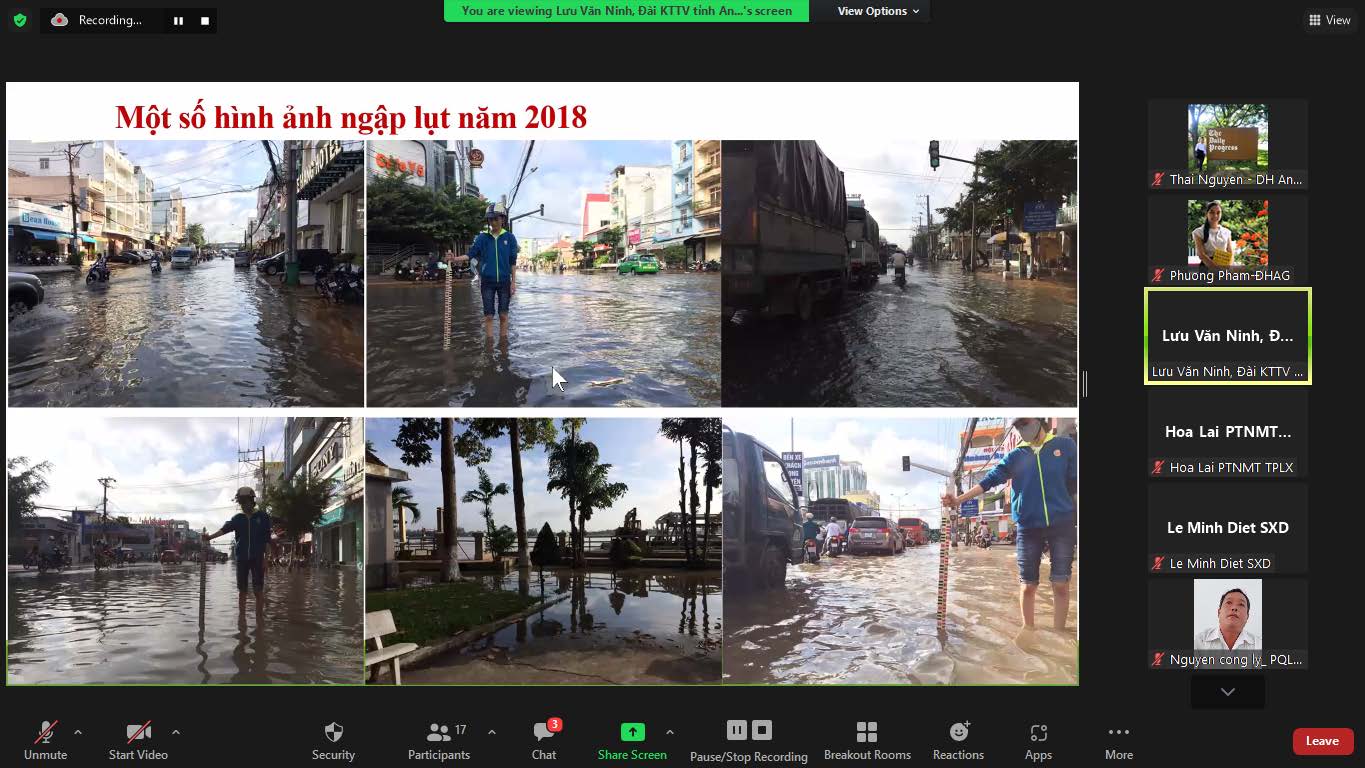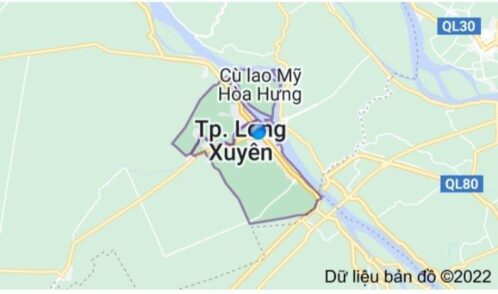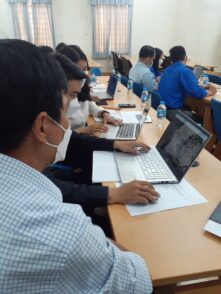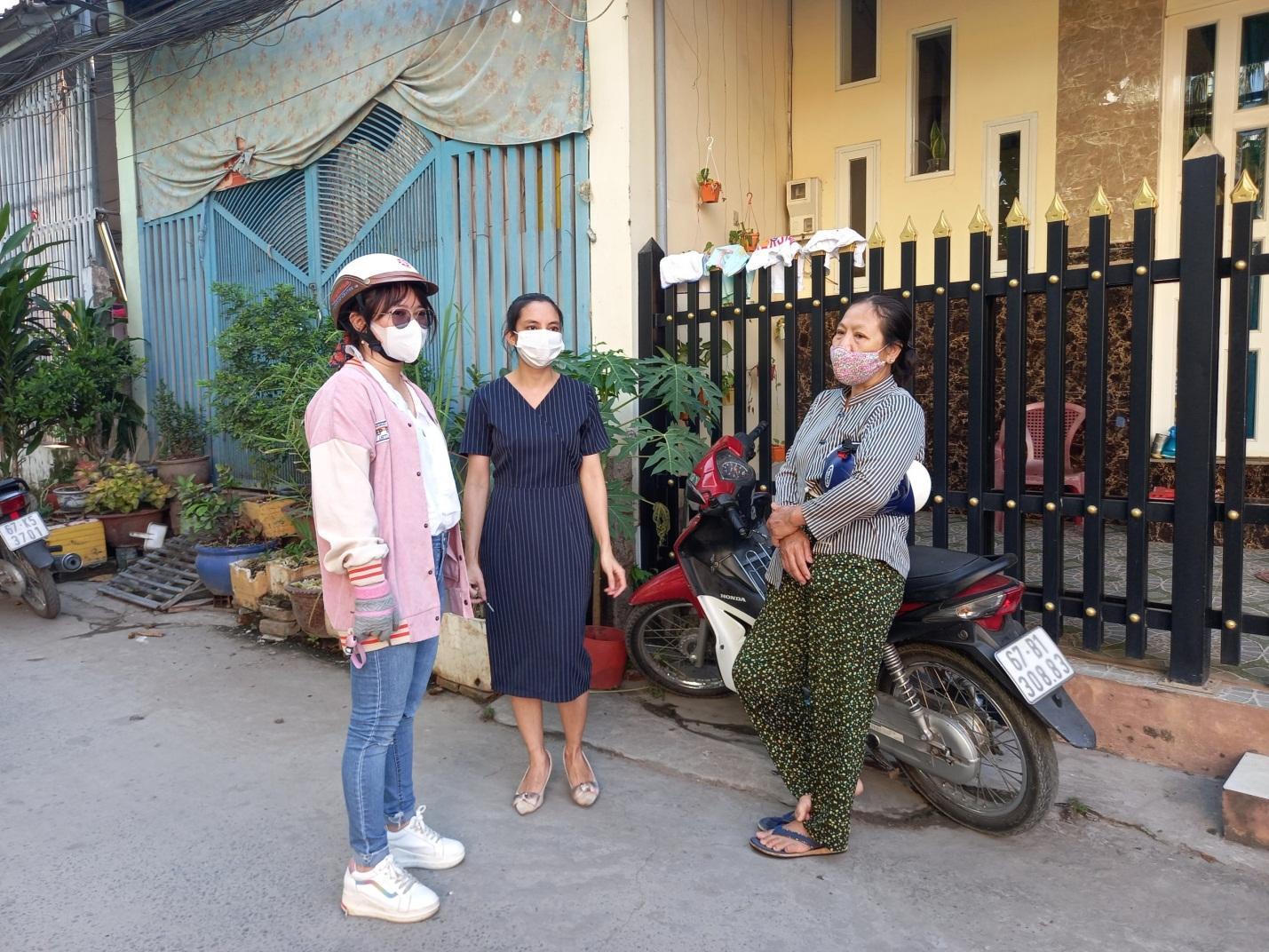Mapping Inundation Areas for Sustainable Drainage and Waterlogging Management in Urban Areas of Long Xuyen City, An Giang Province, Vietnam’s Mekong Delta
Metrics
Community
Long Xuyen, An Giang Province, VietnamUniversity
An Giang UniversityProgram
An Giang UniversityYears
2021Status
CompletedCase Type
Partnership StoriesRegion
Asia, Global, VietnamSustainable Development Goals
11 Sustainable Cities and Communities, 13 Climate Action, 9 Industry Innovation and InfrastructureVietnam is prone to the negative impacts of climate change due to its topography and the tropical monsoon climate. Unfortunately, infrastructure in the Mekong Delta Region is poor and unable to keep up with the impacts. An Giang is the upstream province of the Delta, thus the water depth and duration of the flooding are greater and longer than other provinces in the region. Households in the low-lying areas, particularly in the City of Long Xuyen suffer the most from the annual flooding.

The provincial government of An Giang Province is constantly looking for innovative approaches in line with sustainable urban development. The government sought to generate an informed database for future growth with aims at mapping inundation areas for sustainable drainage and waterlogging management. With a better drainage system and flood management, the provincial government can proceed with the long-term development of Long Xuyen following the Smart Water City Vision 2035, transforming it into a climate-resilient hub of the Mekong Delta.

Long Xuyen City is located in An Giang Province in the southwestern part of Vietnam. It is situated on the west bank of the Hau Giang River, a Mekong River tributary.
The People’s Committee of An Giang Province had previously collaborated with An Giang University on several projects to increase local resilience, however, students were rarely involved in these projects. Through the EPIC Model and a seed grant from the United Nations Environmental Programme – Global Adaptation Network (UNEP-GAN), students and lecturers from An Giang’s University Department of Rural Development worked with the local government to achieve the SMART Water City Vision. More specially, they worked with local authorities to draw a map in identifying flooding areas in Long Xuyen.


To complete the project the municipality and university partners hosted a “Stakeholders Workshop” inviting the targeted groups and future beneficiaries to discuss the partnership.
Secondly, city partners, including urban water planners, environmental management officials, hydrometeorological officials, public infrastructure officials, experts and communities representatives, were invited to attend online and offline meetings to identify priority selection criteria for vulnerable areas of the project sites and the preliminary and final design. Monitoring will ensure that the project is relevant to the needs of the beneficiaries.

The project strengthened the capacities of students and local ward authorities in mapping by GIS application. Moreover, it provided a more significant opportunity for students to engage in project activities to practice what they had learned in class. This project is also a meaningful exercise for both the city and the experts from the university to hear the voices of the people who suffered from flooding and have to undergo future development.
Towards the end of the 6-month project, the updated map of flood inundation and water pollution in Long Xuyen City produced essential data for urban flooding management planning by 2025. So far, only the initial steps of long-term sustainable urban development have been completed. The People’s Committee of An Giang Province will keep working with An Giang University and engaging its students, to advance Long Xuyen into a more resilient city.
Partnership Contact Information
Long Xuyen Contact
Phung Thi Thao
Civil Servant
Department of Natural Resources and Environment
thao.tnmtangiang@gmail.com
Thai Trong Nghia
Civil Servant
Department of Agriculture and Rural Development
nghiaptntag@gmail.com


